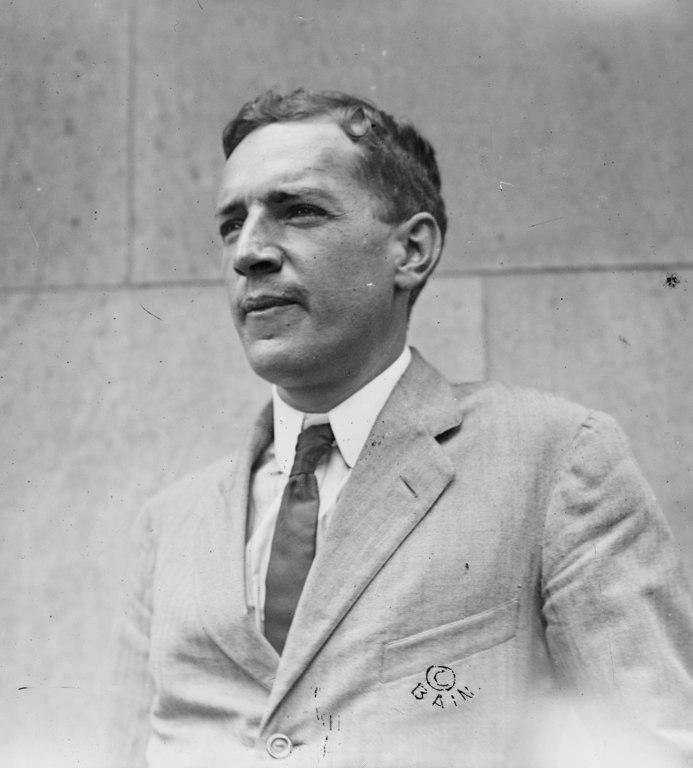In the year 1906, the renowned American writer and socialist Upton Sinclair published his seminal work, “The Jungle.” This novel, which was written with the intention of bringing to light the deplorable living and working conditions faced by immigrants in the meatpacking industry, had an unexpected impact on American society and became instrumental in catalyzing a national movement for food safety.
The setting of “The Jungle” was based on the meatpacking district and stockyards of Chicago, a hub of activity where a large number of immigrants had settled in the pursuit of a better life in America. The real-life stockyards, such as the Union Stock Yards in Chicago, were a source of inspiration for Sinclair’s bleak portrayal of the workers’ experiences in the industry. These stockyards, which consisted of a sprawling area of livestock pens, packing plants, slaughterhouses, and railroads, processed a staggering 18 million animals per year at their peak.
Sinclair, who was a self-proclaimed socialist and a “muckraker” journalist, had set out to expose the workers’ experiences and the hardships they faced in and outside of work. At the age of 28, Sinclair published “The Jungle,” which was first serialized in the socialist newspaper “Appeal to Reason.” He had conducted extensive research and reporting for the novel, visiting the stockyards and interviewing workers, although it was ultimately a work of fiction.
The novel tells the story of a Lithuanian immigrant family, with the protagonist Jurgis Rudkus, who endures a series of devastating tragedies as he struggles to support his family. Jurgis’s journey through loss, unemployment, imprisonment, and alcoholism mirrored the experiences of many real-life stockyard workers. In “The Jungle,” Sinclair depicted these workers as “hanging always on the verge of starvation, and dependent for their opportunities of life upon the whim of men every bit as brutal and unscrupulous as the old-time slave drivers.” In his reporting, Sinclair had uncovered a bleak reality of oppressive heat, foul smells, and the gore of working in a slaughterhouse.
However, the impact of “The Jungle” was not centered on the workers’ conditions but instead, it was focused on the lack of sanitary conditions in food processing facilities such as the stockyards. In Sinclair’s words, “I aimed at the public’s heart, and by accident I hit it in the stomach.” He depicted the meatpacking plants as dirty and unsanitary, with meat falling onto the floor amid dirt and sawdust, stored in giant piles in leaky rooms, and infested with rats.
Here is an excerpt from the book, it’s Sinclair’s description of the sanitary conditions at a meatpacking plant:
There was never the least attention paid to what was cut up for sausage; there would come all the way back from Europe old sausage that had been rejected, and that was moldy and white—it would be dosed with borax [a white powder made from boric acid, used in detergents, flame retardants, and disinfectants] and glycerine [a chemical compound used in foods and medicines], and dumped into the hoppers, and made over again for home consumption. There would be meat that had tumbled out on the floor, in the dirt and sawdust, where the workers had tramped and spit. . . . There would be meat stored in great piles in rooms; and the water from leaky roofs would drip over it, and thousands of rats would race about on it. It was too dark in these storage places to see well, but a man could run his hand over these piles of meat and sweep off handfuls of the dried dung of rats. These rats were nuisances, and the packers would put poisoned bread out for them; they would die, and then rats, bread, and meat would go into the hoppers together. This is no fairy story and no joke; the meat would be shoveled into carts, and the man who did the shoveling would not trouble to lift out a rat even when he saw one—there were things that went into the sausage in comparison with which a poisoned rat was a tidbit. 3 There was no place for the men to wash their hands before they ate their dinner, and so they made a practice of washing them in the water that was to be ladled into the sausage. . . . Some of it they would make into “smoked” sausage—but as the smoking took time, and was therefore expensive, they would call upon their chemistry department, and preserve it with borax and color it with gelatine to make it brown. . . .
The response to “The Jungle” was immediate and widespread, leading to a surge in public outrage. Despite initial skepticism from the government, including President Theodore Roosevelt, who referred to Sinclair as a “crackpot,” investigations by the government found that Sinclair’s portrayals of the sanitary conditions in the stockyards were indeed true. This public outrage ultimately led to the passing of two significant laws by Congress. The Pure Food and Drug Act prohibited the sale of misbranded or adulterated food and drugs, while the Meat Inspection Act prohibited the sale of misbranded or adulterated livestock and ensured sanitary conditions for livestock slaughtering and meat processing.
In conclusion, while Sinclair may not have succeeded in bringing attention to the dismal working conditions in places like the stockyards in Chicago, he did make a lasting impact on American society by inspiring some of the country’s first food safety laws. The publication of “The Jungle” remains a significant moment in American history and serves as a testament to the power of literature in bringing about social change.
References:
- Upton Sinclair’s “The Jungle” is in the public domain. You may download the book at Project Gutenberg:










